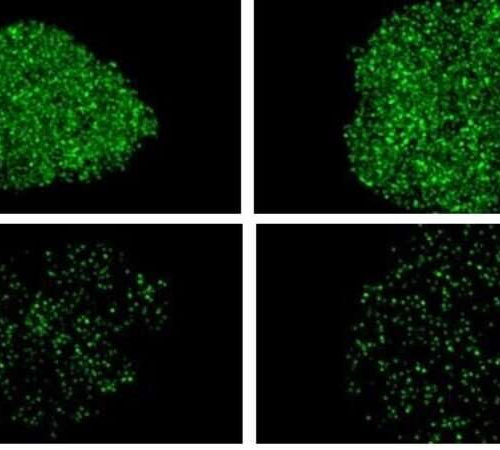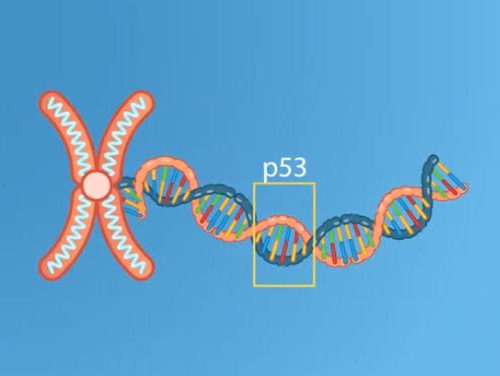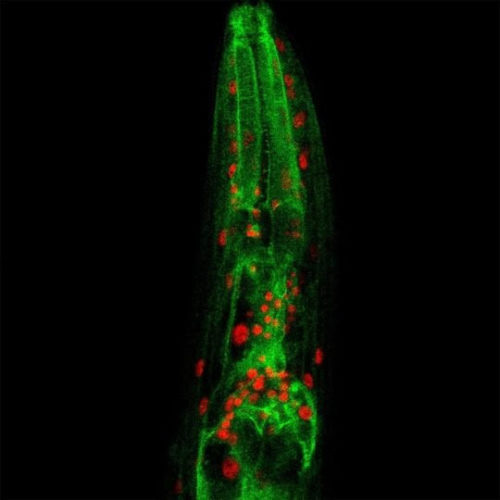by Vanessa McMains, Johns Hopkins University (Top) The nuclear pore protein Pom121 in healthy brain cells. (Bottom) Brain cells with an ALS/dementia genetic mutation have less of the nuclear pore protein Pom121 than healthy brain cells, which leads to disrupted transport routes and ultimately cell death. Credit: Alyssa Coyne Researchers have long sought to explain...
Tag: <span>Nuclear neurology</span>
Newly Synthesized Fungal Compound Can Switch on a Self-destruct Button for Cancer
Leading organic chemists synthesize fungal molecule capable of reactivating the self-destruct gene in aggressive cancer cells. Cancers cells use a special technique to propagate; they delete their “programmed death” gene through mutation, “forget” to die when their lifetime is over and continue to grow instead. A research team from Tokyo University of Science has developed...
Subcellular chatter regulates longevity
As people get older, they often feel less energetic, mobile or active. This may be due in part to a decline in mitochondria, the tiny powerhouses inside of our cells, which provide energy and regulate metabolism. In fact, mitochondria decline with age not only in humans, but in many species. Why they do so is...
From Alzheimer’s to autism, nuclear neurology could launch revolution in diagnosing and treating brain diseases
Image of glucose metabolism PET overlaid on CT in an Alzheimer’s patient with mild dementia. Green arrow points to regional hypometabolism in the medial parietal lobe, (which processes biographical information and memory),a proposed biomarker for Alzheimer’s. UB researcher with database of 16,000 brain scans proposes that powerful imaging can transform neurology as it did cardiology...



